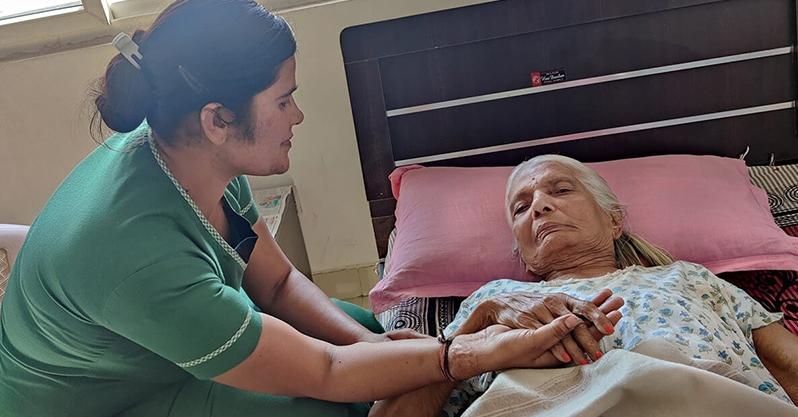Fostering social connections is a critical aspect of at-home care for seniors, contributing significantly to their overall well-being. This article explores the importance of social connection in the lives of aging individuals receiving care at home and highlights the various ways in which caregivers and families can enhance these connections to promote a higher quality of life.
The Loneliness Epidemic
Seniors often face the risk of social isolation and loneliness, particularly when they receive care at home. The absence of regular social interactions can lead to feelings of loneliness, which, if left unaddressed, may contribute to mental health issues such as depression and anxiety. Recognizing the impact of loneliness on the overall health of seniors is the first step in understanding the importance of promoting social connections in at-home care.
Family Engagement
Family members play a crucial role in mitigating social isolation for seniors receiving at-home care. Regular visits, meaningful conversations, and shared activities create a sense of emotional support that contributes to a positive mental outlook. Caregivers can facilitate family engagement by coordinating visits, encouraging open communication, and involving family members in the care process to strengthen the bond between seniors and their loved ones.
Caregiver Companionship
Caregivers, beyond attending to the physical needs of seniors, serve as a companion for seniors who provide emotional support and social interaction. Engaging in conversations, participating in activities, and showing genuine interest in the seniors’ lives go a long way in establishing a meaningful connection. Caregivers who prioritize companionship contribute not only to the seniors’ emotional well-being but also create a positive and uplifting home environment.
Community Involvement
In-home care should extend beyond the confines of the home, actively incorporating seniors into the broader community. Caregivers can facilitate community involvement by arranging outings, connecting seniors with local senior centers, or organizing social events. Such activities not only provide seniors with a change of scenery but also introduce them to new people, fostering a sense of belonging and social connection.
Utilizing Technology for Building Connections
In today’s digital world, technology acts as a potent instrument in closing the generational divide and promoting social bonds among the elderly. Video chatting, social networking sites, and virtual communities allow older adults to maintain contact with their loved ones despite being geographically separated. Caregivers can contribute by introducing and guiding seniors on how to use technology effectively, creating new possibilities for social engagement while diminishing feelings of loneliness.
Engaging in Voluntary Activities
Integrating volunteer programs into in-home care can substantially enhance the social well-being of seniors. By participating in community-based volunteer work or intergenerational initiatives with nearby educational institutions, elderly individuals gain a sense of purpose and camaraderie. Volunteer activities not only enhance the seniors’ lives but also contribute to building a more compassionate and interconnected community.
The Impact on Mental and Physical Health
Research consistently demonstrates the link between social connection and both mental and physical well-being. Seniors who maintain active social lives often experience lower rates of depression, better cognitive function, and even enhanced immune system function. By prioritizing social connection in at-home care, caregivers contribute to the holistic well-being of seniors, addressing not only their physical health but also nurturing their emotional and mental states.
Tailoring Social Engagement to Individual Preferences
Recognizing that each senior is unique, caregivers should tailor social engagement strategies to individual preferences. Some seniors may thrive in group settings, while others may prefer one-on-one interactions. Understanding and respecting these preferences ensure that the social connections fostered contribute positively to the seniors’ overall happiness and satisfaction with their at-home care experience.
In conclusion, the importance of social connection in at-home senior care cannot be overstated. From family engagement and caregiver companionship to community involvement, technology integration, and volunteer programs, a holistic approach to social connection enhances the lives of seniors in myriad ways. As we navigate the complexities of providing care at home, prioritizing and fostering social connections ensures that seniors not only receive the physical care they need but also experience the emotional fulfillment and companionship that are essential for a thriving and meaningful life in their golden years.






